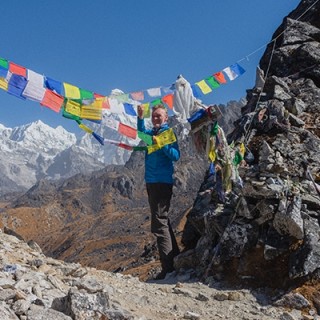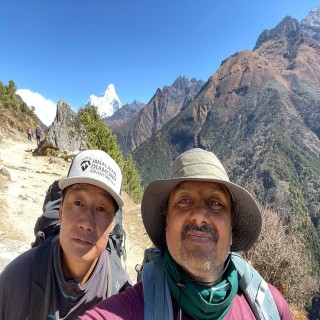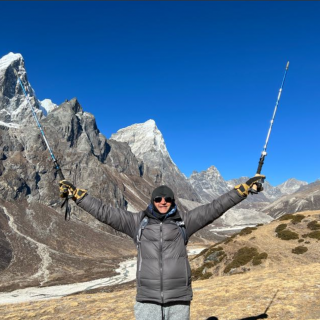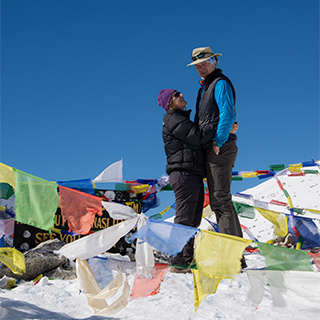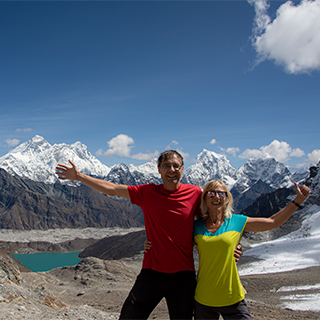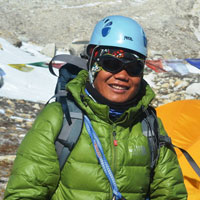In order to have a safe, successful and enjoyable journey in the Himalayan country of Nepal, it is essential to determine which trek or peak climbing matches your physical capabilities and skills. We have categorized all peak climbing trips according to the following ranks
Moderate difficult:
This climb is demanding for beginner climbers. Previous climbing experience is not required, but a good level of physical fitness and acclimatization is necessary. The climb itself is not technically difficult, but there may be 15-to-75-degree slopes of rock and compact snow, as well as some unstable snowfields. Long fixed ropes are not needed, but a support rope is advisable. There is also a risk of wind gusts and whiteouts. The climb includes Mera Peak, Thapa (Dhampus Peak), Sharebung, and Yalla Peak.
Difficult:
It requires some prior climbing experience and good physical fitness. It is technically challenging, with slopes of 30 to 80 degrees of ice and rock. It carries dangers of avalanches and rockfall, with crevasses along the climbing route. To cross tearing snowfields, ladders and fixed ropes on the slopes of the peaks will be necessary. A good understanding of proper equipment placement for safety is also required.
It involves climbing peaks such as Labuche East, Island Peak, Ganjala Peak, Pisang Peak, Chulu West and Chulu Far-East, Thorong Peak, Pachermo Peak and Ten Peak (Tharpuchuli), and Larkye Peak.
Extremely difficult:
It requires long holidays, a lot of previous climbing experience, and being mentally, physically, and economically well-prepared. The climb features 90-degree vertical rock and ice walls with overhangs, making it difficult at high altitude and challenging due to crevasses, rockfall, avalanche zones, and rough weather. It demands high climbing skills and may be high-risk. A lot of fixed ropes and gear such as camming devices, chalk, ice screws, rock pitons, snow bars, carabiners, and ropes may be necessary. The climbs involved are Hiuchulu, Singha Chuli, Kyajo Ri, and Yubra.


